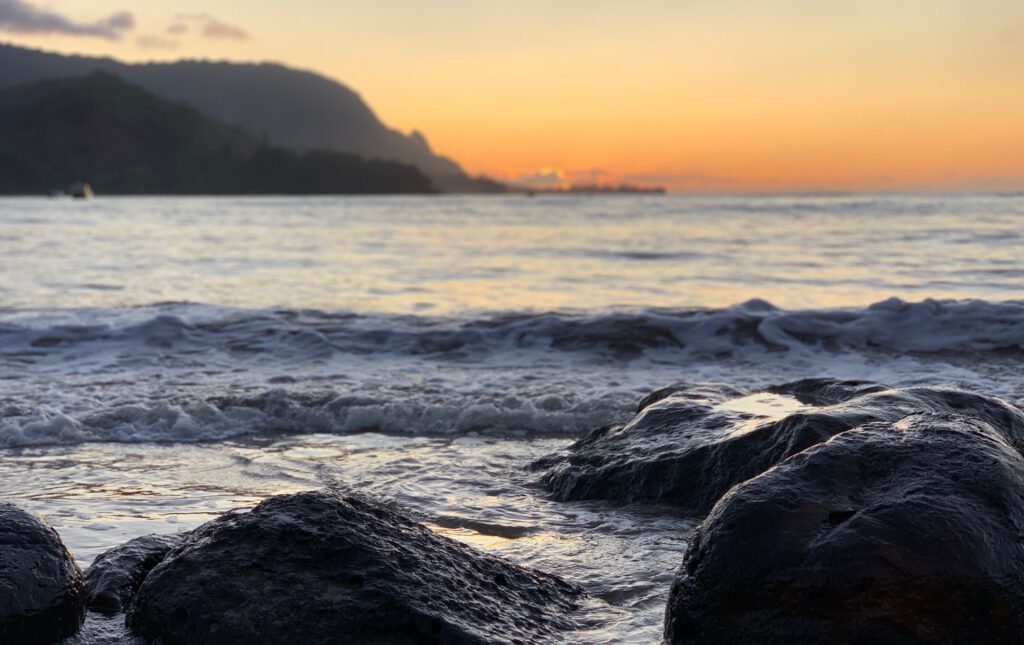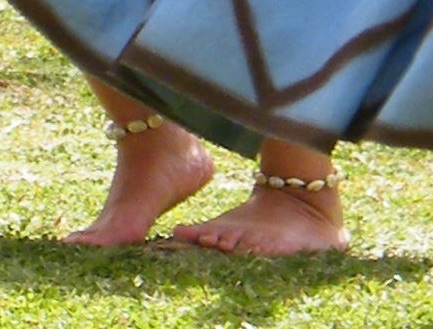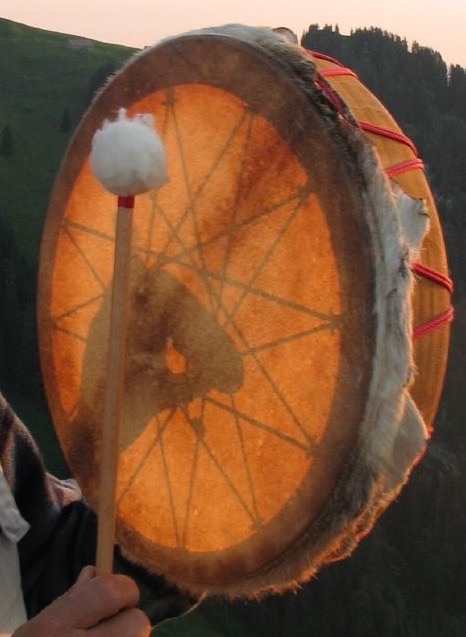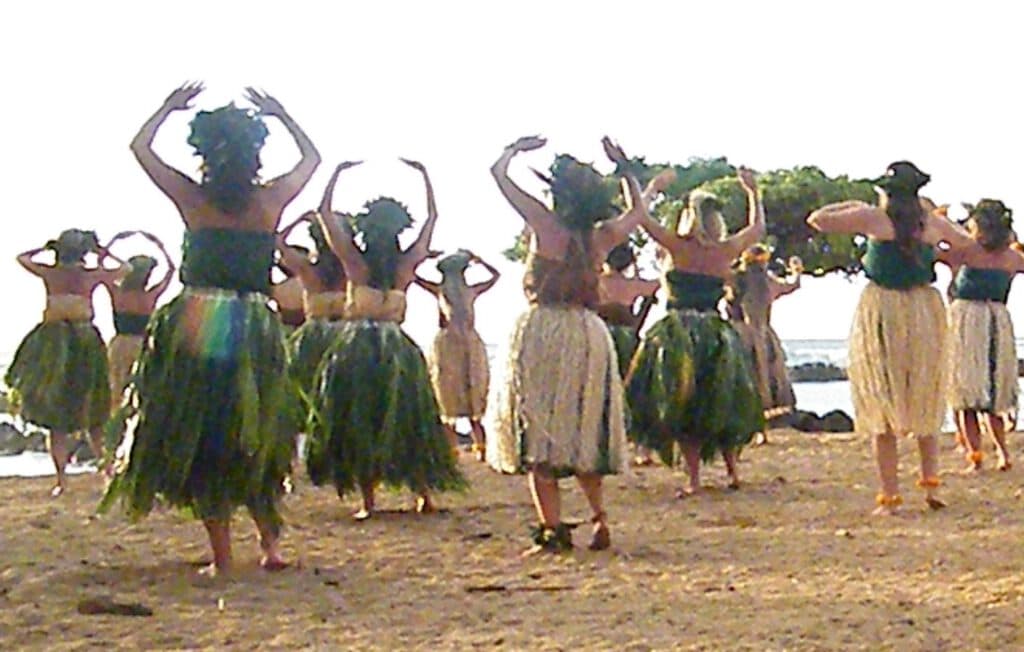
For example, the stride length, whether coming from a large or small island, is different. For example, if the dance comes from a kumu from Kauai, the step length is short. From Big Island, on the other hand, the steps are big and far apart. All basic steps are rhythmic. We can call the rhythm in the feet dominant.
Let’s look and listen to the waves rolling up the beach in Hawaii or feel the beating of a heart. These are elementary forms of rhythm.

There is a rhythmic sequence of 3 elements in the rhythm: long, short and pause. This is exactly what you will find in the basic steps of the Hula. For example, in the basic step Hela or Hela malie. The movement remains the same, what changes is the pause between the step movements.
Pulsation results from the repetition of similar events at similar time intervals. Hear the ticking of the clock and you know that is pulsation.
This is also how the oldest form of drumming, a steady beating on a drum, came into being. In hula there are 5 different basic instruments, all of which are beaten in different rhythms depending on which step is being danced. More about this later.


So the beat is connected to the steps. The spaces in between, on the other hand, remain auditorily in the background of our perception. It is precisely in these spaces that the pelvis oscillates and swings back and forth in the hula. It dances the shape of a reclining crescent moon.
Pulsation results from the repetition of similar events at similar time intervals. Hear the ticking of the clock and you know that is pulsation.
This is also how the oldest form of drumming, a steady beating on a drum, came into being. In hula there are 5 different basic instruments, all of which are beaten in different rhythms depending on which step is being danced. More about this later.

So the beat is connected to the steps. The spaces in between, on the other hand, remain auditorily in the background of our perception. It is precisely in these spaces that the pelvis oscillates and swings back and forth in the hula. It dances the shape of a reclining crescent moon.

The story told with the upper body, arms and the head posture is not always directed to the rhythmic structure. The upper body, with arms and head dances the melody. Especially in the Auana they are flowing lyrical arm movements. The feet, which also contribute to the story, remain rhythmic. From this complexity arose many dances that connect us with the power and wisdom of the ancestors (Kahiko). And the modern hula dances (Auana), tell love stories and of the spectacular Hawaiian nature. They all have one thing in common and that is the
“Hula is more than a dance,
Margarete Bundschu
the movements and the inner attitude
are a declaration of love to the universe”

Margarete Bundschu
tanz@margaretebundschu.de
+49 176 32144210